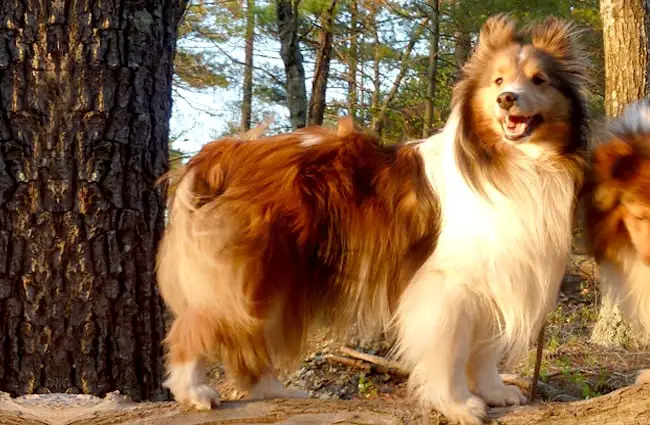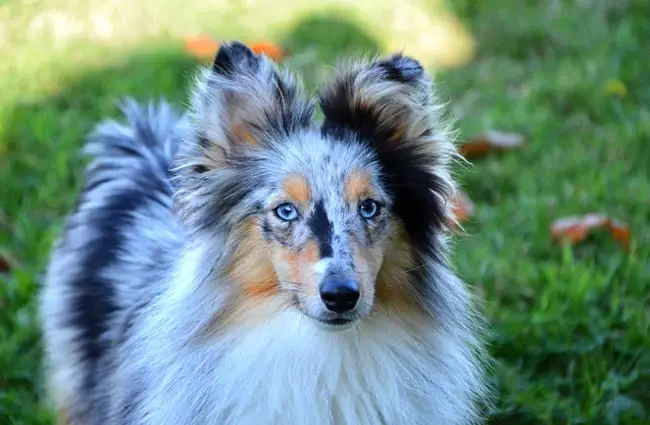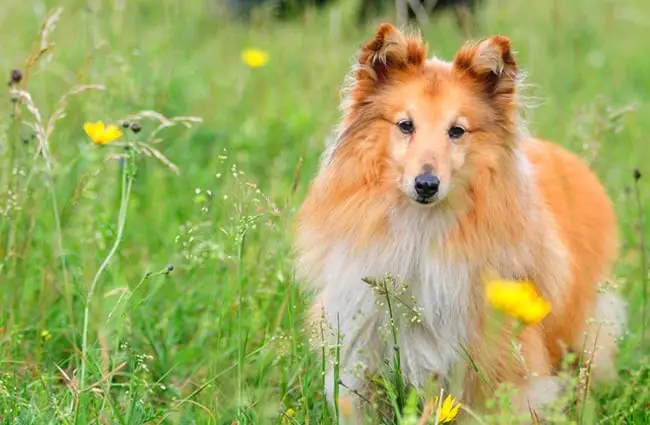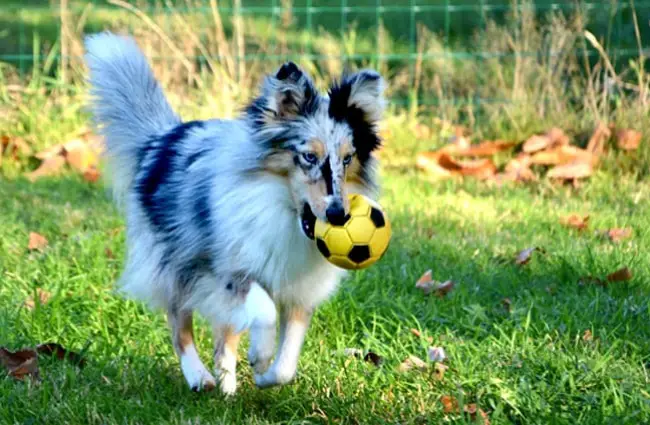A Comprehensive Guide to the Shetland Sheepdog
The Shetland Sheepdog, often affectionately called a “Sheltie,” is a small but mighty breed with a rich history and remarkable intelligence. Originating from the rugged Shetland Islands off the coast of Scotland, this breed has captured the hearts of dog lovers worldwide. More than just a pretty face, the Sheltie possesses a strong work ethic, a playful spirit, and a devotion to its family that makes it a wonderful companion.

History and Origins
Despite its name, the Shetland Sheepdog is not directly descended from Icelandic Sheepdogs, although some ancestral influence is acknowledged. The breed’s foundation lies in Scottish Collie types that were brought to the Shetland Islands in the 19th century. These collies were bred with local herding dogs, producing a smaller, more agile breed that was perfectly suited to the unique landscape and livestock of Shetland. The primary purpose was to herd sheep and cattle across challenging terrain. Early Shelties were highly valued by crofters, the small tenant farmers of Shetland, for their ability to work tirelessly and independently. The breed gained recognition in the early 20th century, with the first Shetland Sheepdog club formed in 1908. Importation to the United States followed, and the American Shetland Sheepdog Association was established in 1929.
Physical Characteristics
Shetland Sheepdogs are small to medium in size. Males typically stand 13 to 16 inches tall at the shoulder and weigh 15 to 20 pounds. Females are slightly smaller, ranging from 12 to 15 inches tall and weighing 15 to 18 pounds. Their coat is their most striking feature – a long, flowing double coat that provides insulation against harsh weather. The outer coat is straight or slightly wavy, while the undercoat is soft and dense.

Common coat colors include sable, tricolor (black, white, and tan), blue merle, and black. White markings are common on the chest, legs, and face. Shetland Sheepdogs have a wedge‑shaped head, almond‑shaped eyes, and erect, slightly rounded ears. Their tail is long and feathered. The breed is known for its graceful, effortless gait.
Temperament and Personality
Shetland Sheepdogs are intelligent, eager to please, and highly trainable. They excel in canine sports such as agility, obedience, and herding. They are known for their sensitivity and can be somewhat reserved with strangers. Early socialization is crucial to help them develop into well‑adjusted adults. Shetland Sheepdogs are devoted to their families and enjoy being involved in all aspects of household life.

They can be vocal, a trait stemming from their herding background. They may bark to alert their owners to anything unusual or to express excitement. While generally good with children, supervision is recommended, as Shelties can be sensitive and may not appreciate rough play. They may also attempt to “herd” children, especially if not properly socialized. Shetland Sheepdogs have a moderate energy level and require regular exercise to stay happy and healthy.
Care Requirements
Grooming: The long coat of a Shetland Sheepdog requires regular grooming to prevent matting and tangles. Brushing several times a week is essential, and professional grooming may be needed every few months. Regular bathing is also recommended. Be prepared for shedding, particularly during seasonal changes.
Exercise: Shetland Sheepdogs need at least 30 to 60 minutes of exercise each day. This can include walks, runs, playtime in a fenced yard, or participation in canine sports. Mental stimulation is just as important as physical exercise. Puzzle toys, training sessions, and interactive games can help keep their minds engaged.

Training: Shetland Sheepdogs are highly intelligent and eager to please, making them relatively easy to train. Positive reinforcement methods, such as treats and praise, are most effective. Consistency is key. Early socialization and obedience training are essential to ensure they develop into well‑behaved companions.
Health: Shetland Sheepdogs are generally healthy, but they are prone to certain health conditions, including progressive retinal atrophy (PRA), hip dysplasia, and Collie eye anomaly (CEA). Responsible breeders screen their dogs for these conditions before breeding. Regular veterinary checkups are important to detect and address any health concerns early on.
Is a Shetland Sheepdog Right for You?
Shetland Sheepdogs are wonderful companions for active individuals or families who can provide them with the attention, exercise, and training they need. They are best suited for homes with fenced yards, where they can run and play safely. They thrive in environments where they are involved in family activities and have opportunities to use their intelligence.

Potential owners should be prepared for the commitment of regular grooming, training, and exercise. They should also be aware of the breed’s tendency to bark and their sensitivity to loud noises. With proper care and attention, a Shetland Sheepdog can bring years of joy and companionship to its family.
Beyond the Basics
For those deeply interested in the breed, consider exploring the world of competitive canine activities. Shetland Sheepdogs consistently rank high in agility, obedience, rally, and herding trials. The breed’s intelligence and trainability make it a natural fit for these sports. Furthermore, the Shetland Sheepdog Club of America offers a wealth of information about the breed, including breeder listings, health resources, and upcoming events.
Understanding the breed’s herding instincts is crucial for responsible ownership. Even if a Sheltie does not have the opportunity to herd livestock, its instincts may manifest in other ways, such as chasing cars or “herding” children. Providing appropriate outlets for these instincts, such as interactive games or puzzle toys, can help prevent unwanted behaviors.






![Red Angus Closeup of a beautiful Red Angus cowPhoto by: U.S. Department of Agriculture [pubic domain]https://creativecommons.org/licenses/by/2.0/](https://animals.net/wp-content/uploads/2020/03/Red-Angus-4-100x75.jpg)

